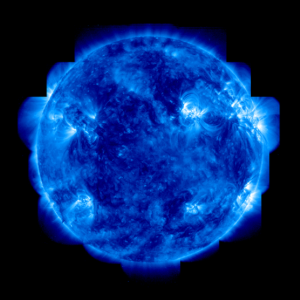 There are several stages to building a successful, potable rainwater collection system. Here is an article originally published in June 2014, under the title Ultraviolet Light Disinfection For Rainwater Harvesting. (Also see “How to Build a Rainwater Collection System, parts one, two, three, four, five, six, seven and eight.)
There are several stages to building a successful, potable rainwater collection system. Here is an article originally published in June 2014, under the title Ultraviolet Light Disinfection For Rainwater Harvesting. (Also see “How to Build a Rainwater Collection System, parts one, two, three, four, five, six, seven and eight.)
The final stage of treatment for a potable rainwater collection system is ultraviolet light disinfection (UV). Effectiveness of the UV system is determined by a few factors. First, pre-filtration, which includes a sediment filter and a carbon filter that need to be upstream of the UV. This will help ensure the clarity of water entering the UV chamber, enabling the UV rays to penetrate the water stream.
When UV energy is absorbed by the reproductive mechanisms of bacteria and viruses, the genetic material is “rearranged” and can no longer reproduce, with risk of disease eliminated.
There are 2 classifications of UV light determined by the dosage of the UV light itself, and a class “A” UV is the only class recommended for disinfection of rainwater collected from a rooftop.
The American Water Works Association describes a class A ultraviolet system as an effective method of disinfection for water that is not determined safe to drink. A class B ultraviolet system is only effective for water already deemed safe to drink – such as a water source already treated with chlorine.
An alarm and or solenoid valve for system fail safe is always a good idea to include with your UV system. This method will shut down the system or sound an alarm if a sensor determines the water turbidity (clarity) is not sufficient for proper UV absorption.
Ultraviolet light is a natural, cost effective environmentally safe method of disinfecting drinking water as long as it is properly maintained and the bulb is changed according to manufacturer’s recommendations.
As always, before you take on a rainwater harvesting project, know the rules in your state, county and municipality. It helps to work with a RWC pro who can help you through the process, saving you time and money along the way, while also ensuring that the result is a functioning and safe water collection system that will serve you for many years.

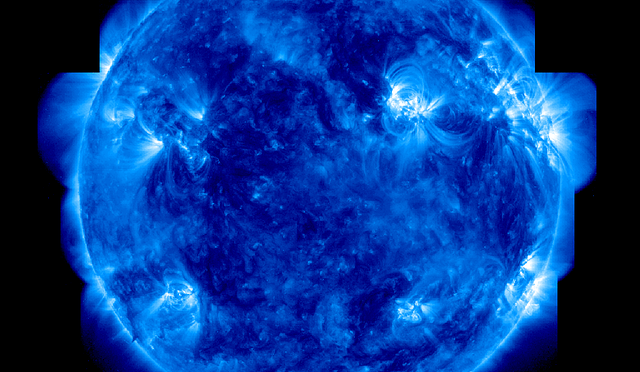
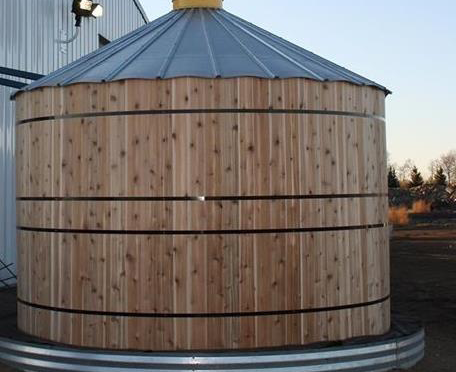
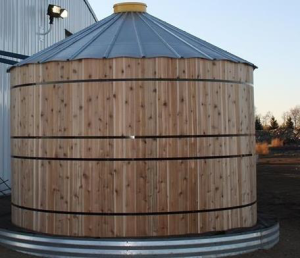 In a recent article for
In a recent article for 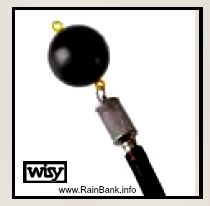 A dealer for
A dealer for 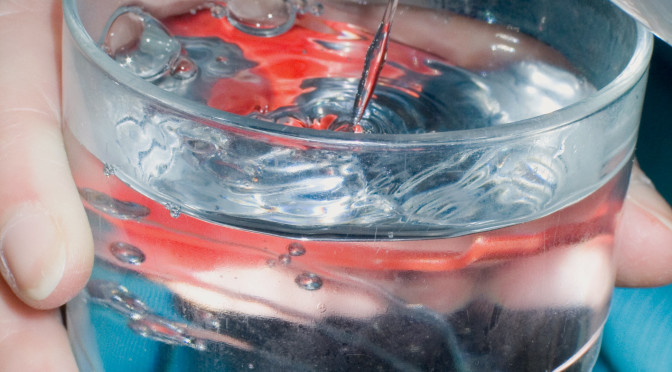
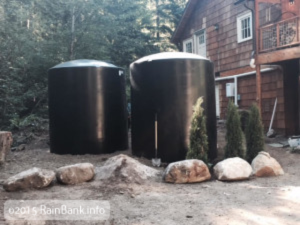 As an American Rainwater Catchment Systems Association (
As an American Rainwater Catchment Systems Association (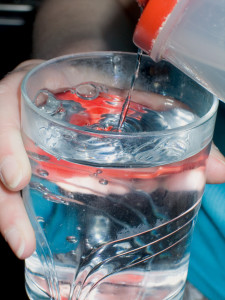 Any source of water, whether municipal, well, or rooftop collection, must be properly maintained and monitored. Private well maintenance is typically conducted by the owner – consisting of filtration changes as needed, and testing -being conducted at time of commissioning, or as a disclosure during the property sale. Municipal water sources are maintained and monitored by trained personnel, but allow for higher levels of constituents than a properly designed, constructed, and maintained rainwater catchment system. Once again, rooftop collected water is relatively clean to begin with, therefore requires a less aggressive approach to filtration and disinfection than that of a well or municipal water source. The homeowner easily maintains a rainwater collection system with periodic filtration changes, annual testing and simple monitoring. You become the purveyor of your water source; you are in charge, not leaving it to others.
Any source of water, whether municipal, well, or rooftop collection, must be properly maintained and monitored. Private well maintenance is typically conducted by the owner – consisting of filtration changes as needed, and testing -being conducted at time of commissioning, or as a disclosure during the property sale. Municipal water sources are maintained and monitored by trained personnel, but allow for higher levels of constituents than a properly designed, constructed, and maintained rainwater catchment system. Once again, rooftop collected water is relatively clean to begin with, therefore requires a less aggressive approach to filtration and disinfection than that of a well or municipal water source. The homeowner easily maintains a rainwater collection system with periodic filtration changes, annual testing and simple monitoring. You become the purveyor of your water source; you are in charge, not leaving it to others.